Toolkits

Toolkit for Finds Reporting: Roman Coinage
This nationally recognised guide is for anyone engaged in the planning, commissioning, production or monitoring of a specialist report on Roman coins.
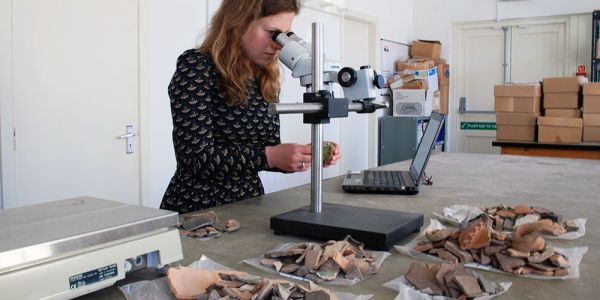
Toolkit for Finds: Pottery
Converting the content of the A Standard for Pottery Studies in Archaeology (Barclay et al, 2016), this Toolkit outlines the recommended approach to all aspects of pottery work and is designed to ensure compliance with CIfA Standard and guidance.
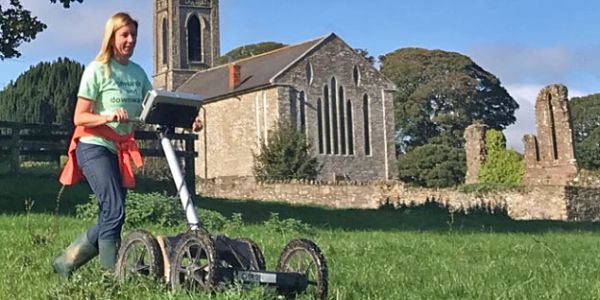
Toolkit for Managing Digital Data (Dig Digital)
Dig Digital aims to provide support for those creating digital data in archaeology, helping archaeologists manage data throughout projects and enabling the production of complete, ordered and stable archives that meet professional standards.

Toolkit for Public Engagement
This toolkit aims to embed meaningful public engagement within archaeological projects, by identifying who can help, and when and how. It provides practical suggestions to support archaeologists at all stages of project design and delivery.
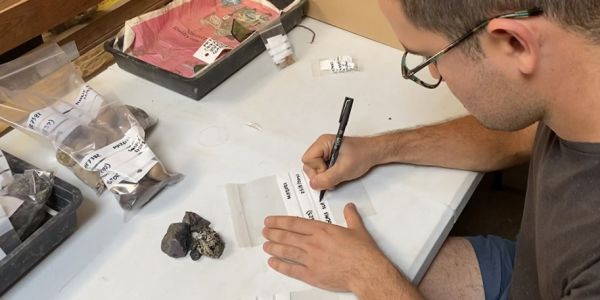
Toolkit for Recording Archaeological Materials
This Toolkit covers the recording of finds during initial processing following recovery, prior to the appraisal or assessment of category assemblages in advance of specialised analysis.
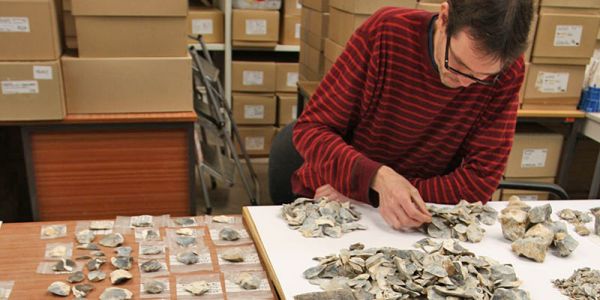
Toolkit for Selecting Archaeological Archives
This toolkit provides a set of useful and flexible resources to assist archaeological practitioners during the creation of project-specific Selection Strategies for the Working Project Archive.
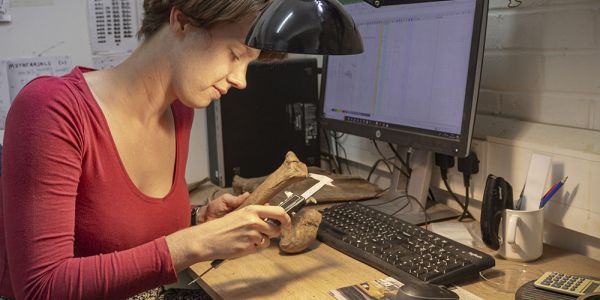
Toolkit for Specialist Reporting
This toolkit represents a nationally recognised aid to anyone engaged in commissioning, planning, producing or monitoring a specialist report on finds or archaeological materials.

